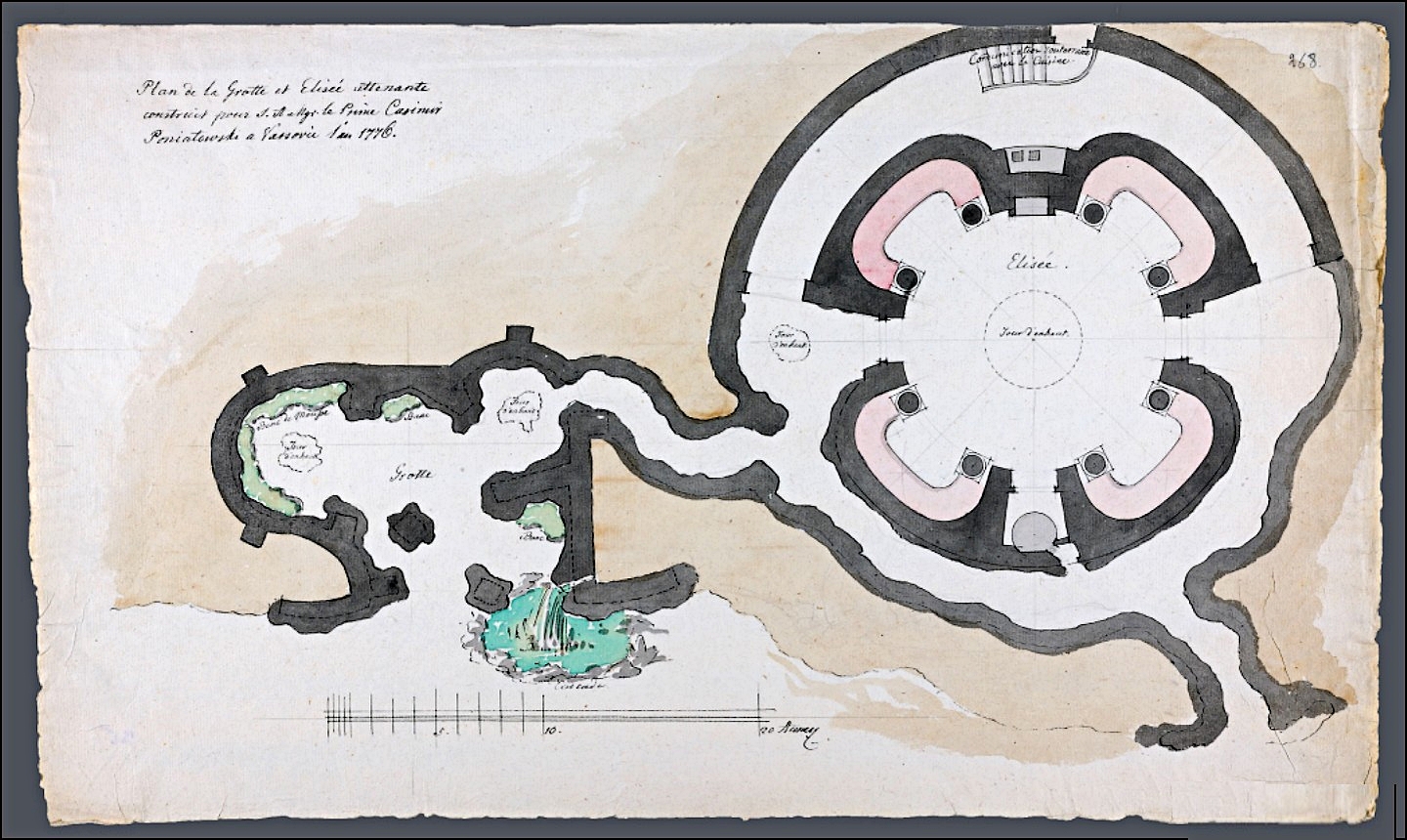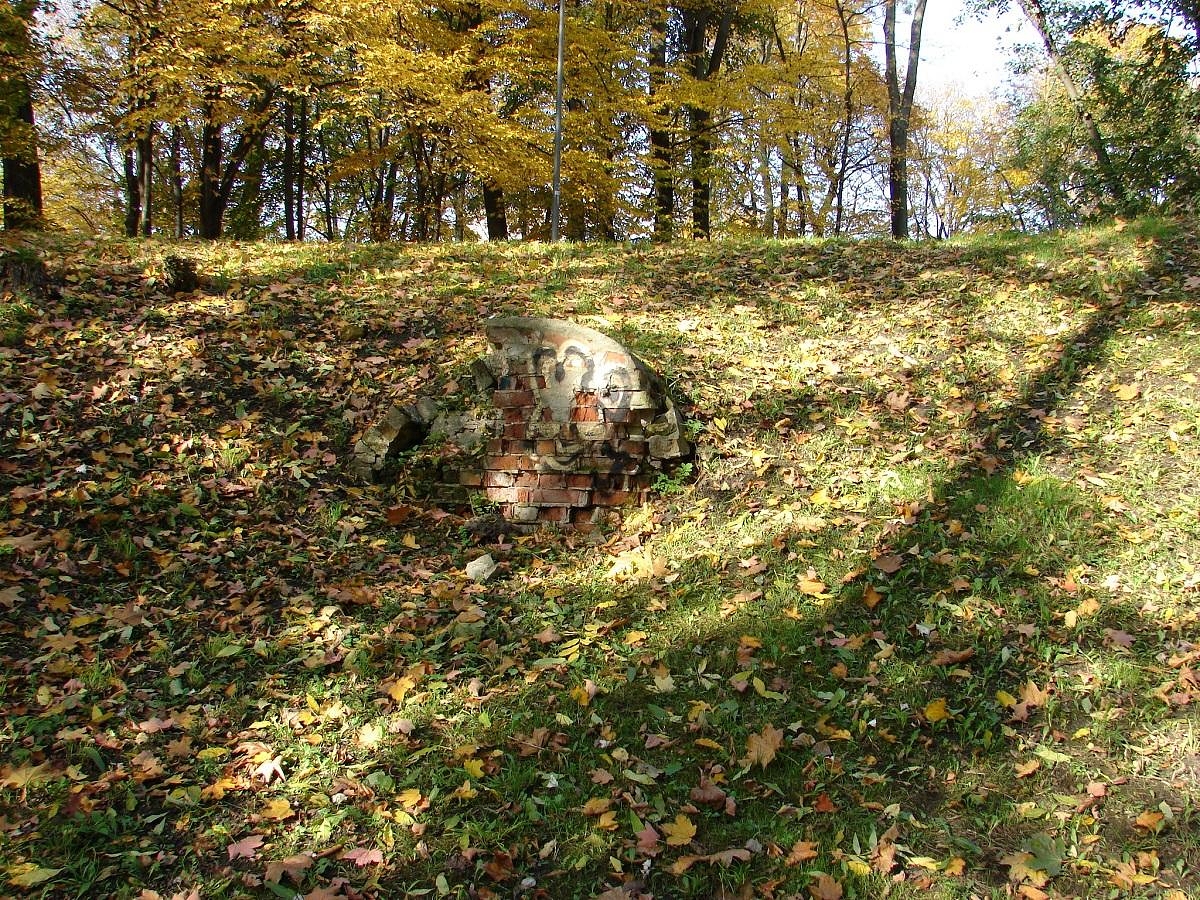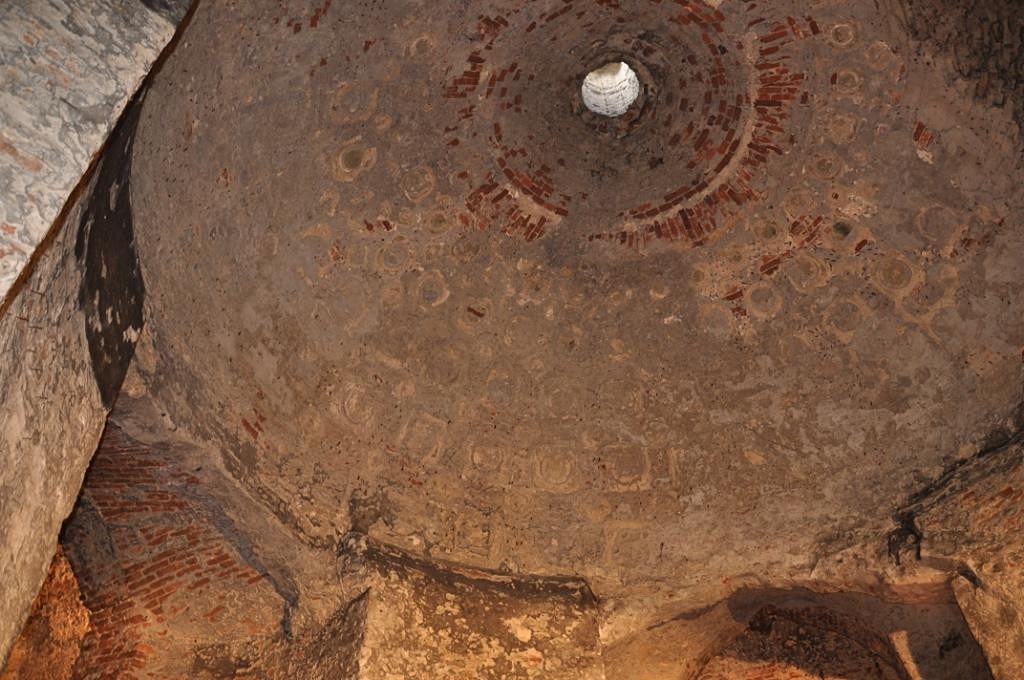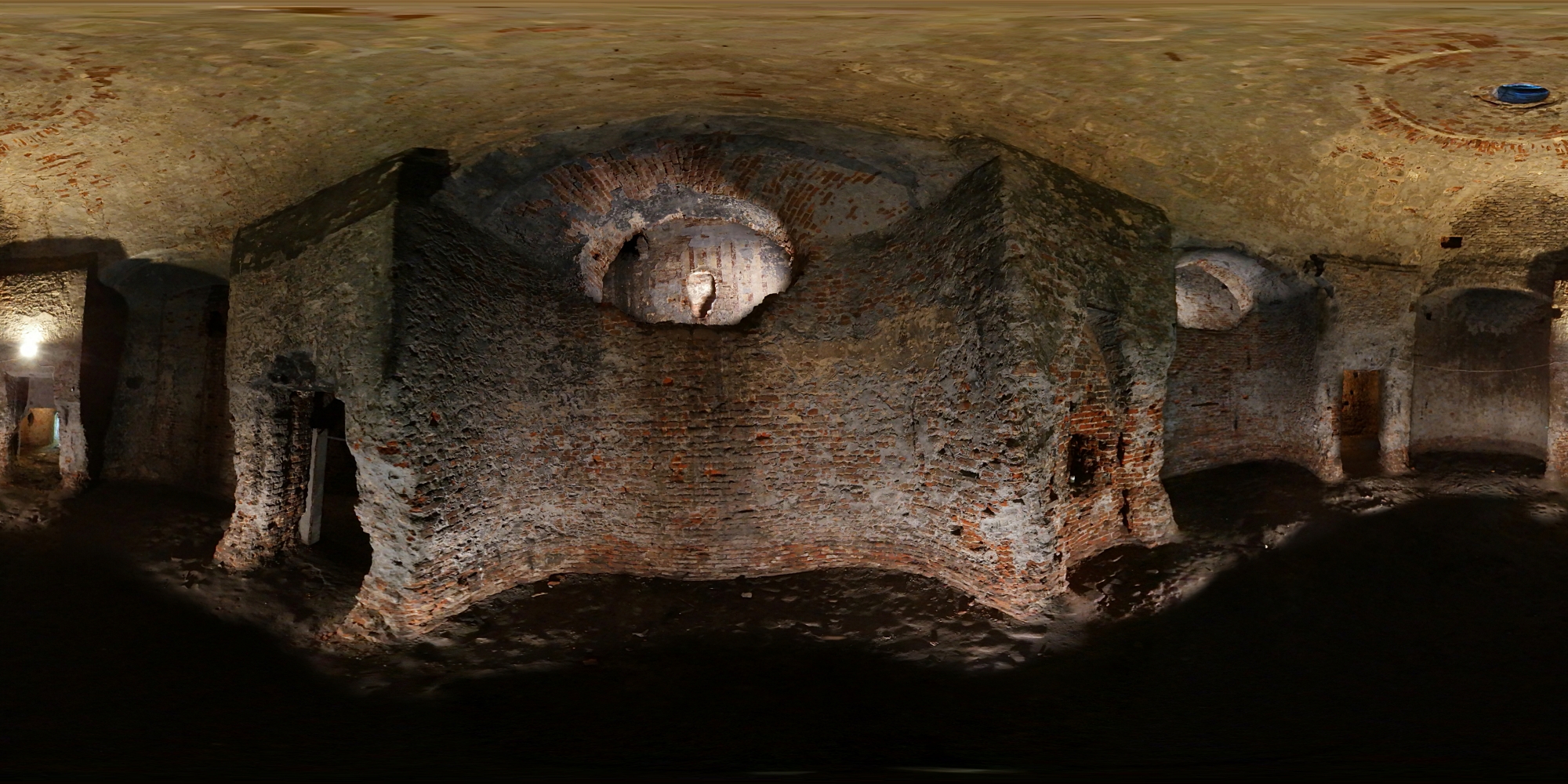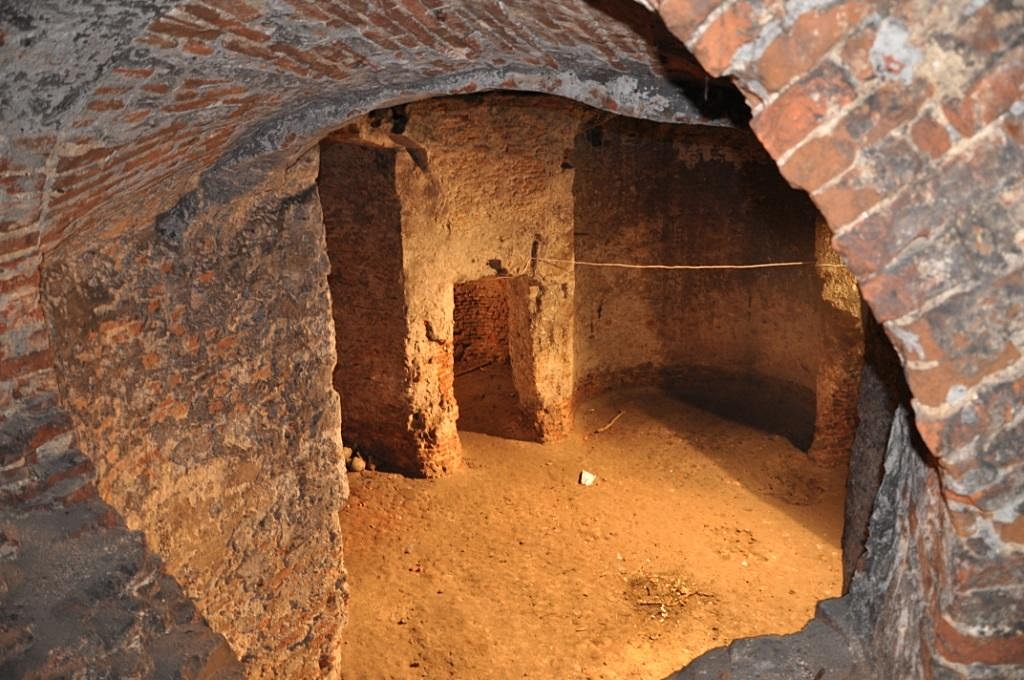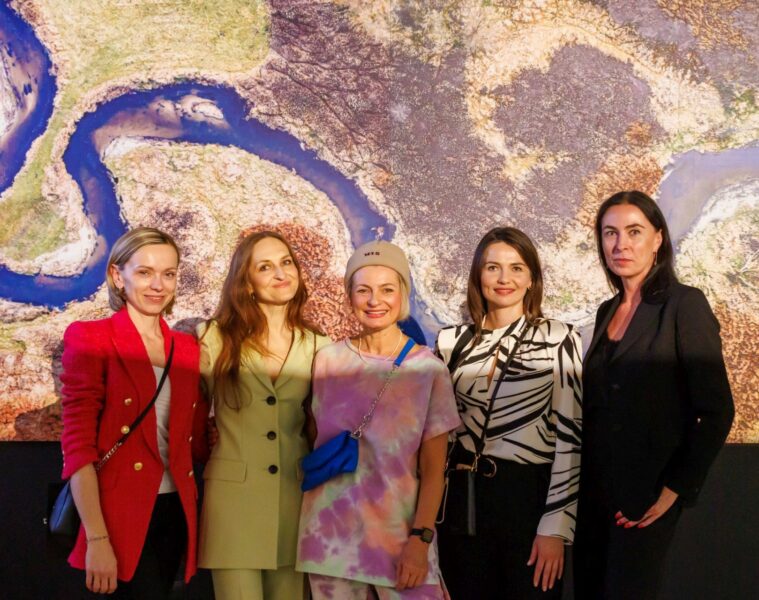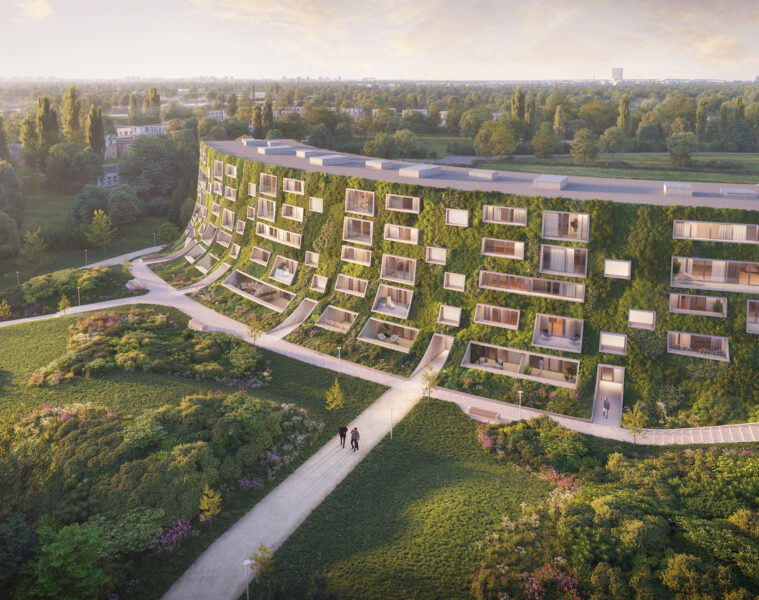The Elizeum is one of Warsaw’s most mysterious monuments. The underground structure was erected in the late 18th century as a place for parties and entertainments. The Warsaw City Hall has announced that it has obtained a building permit, which makes it possible to announce a tender for a contractor to renovate the Elizeum. As the capital authorities emphasise, the renovation will be neither short nor easy. The first stage will take about three years.
The two-storey underground rotunda made of brick was ordered to be built in the escarpment by Prince Kazimierz Poniatowski (the king’s brother), as an underground saloon. The original structure, of the maison de plaisance (house of pleasure) type, was built in 1776-78, according to a design by Szymon Bogumił Zug. It is located in the Na Książęcem Park (now the Rydz Śmigły Park in Książęca Street) and was one of the garden pavilions of the former establishment.
The Elysée in Zygmunt Vogel’s watercolour ‘The Gardens of Prince Kazimierz Poniatowski on Książęcem and Góra’ from around 1785. Photo: Zygmunt Vogel – Maria I. Kwiatkowska, Marek Kwiatkowski, History of Warsaw XVI-XX century, Wydawnictwo Naukowe PWN, Warsaw 1998, p. 33
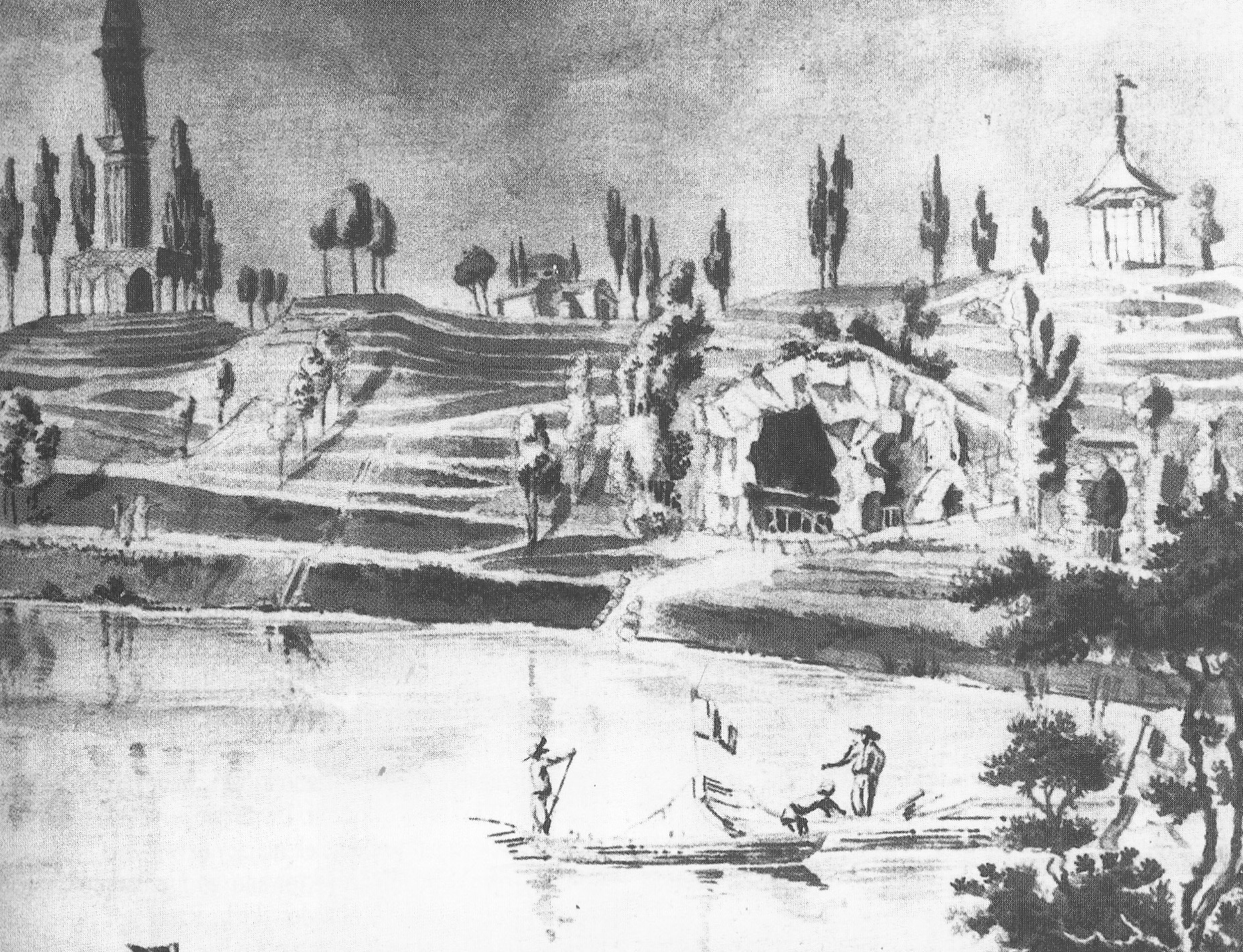
The building was named after the mythical Champs-Élysées, and by the time of Poniatowski’s contemporaries it was carefully hidden from the eyes of the uninitiated. Legend has it that the prince held meetings with his mistresses in the Elysium. The rotunda is 8 m high and 7.5 m in diameter. The interior of the grotto was once richly decorated with frescoes, columns, sculptures and stucco. However, as a result of inappropriate use of the building after the death of the prince in 1800 and a great deal of neglect, there was considerable destruction of the interior. Over the past two hundred years, the layer of clay insulation with which the grotto was clad on the outside has been almost completely destroyed due to overgrowth by trees and bushes. This ultimately led to the devastation of the historic decoration.
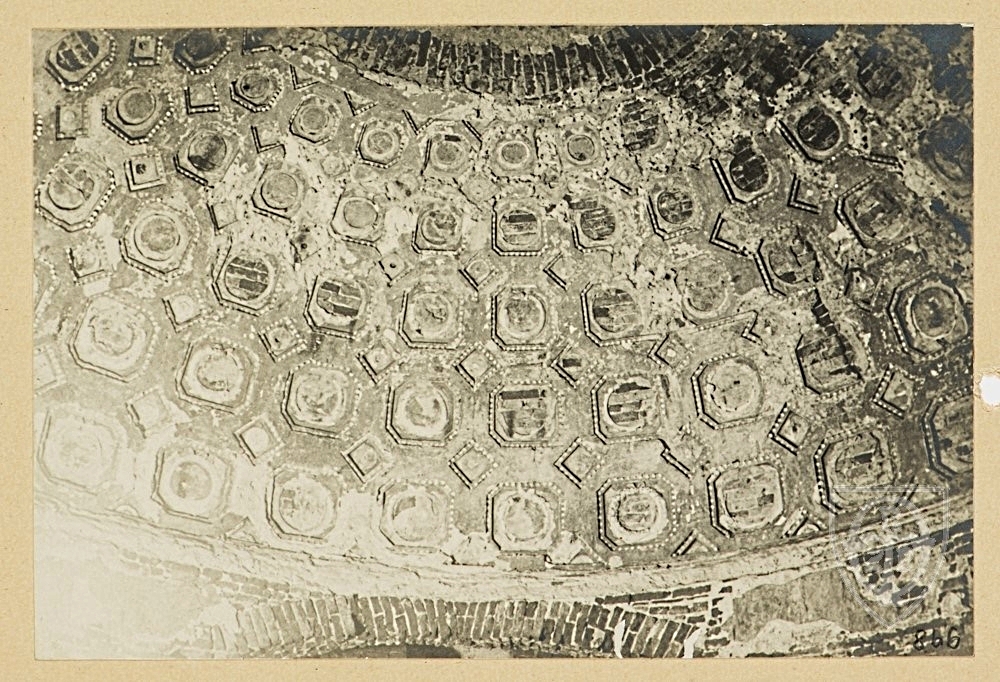
The Elyzeum originally had three entrances: one through an artificial grotto (no longer exists), another overlooking a pond, and a third through an internal staircase and underground corridor, leading to the Imam’s House (now defunct). The House, 60 metres away from the main grotto, served as a kitchen where food was prepared for receptions organised at the Elysium by Prince Poniatowski. In 2021, work was completed on unblocking the upper entrance to the grotto to provide better ventilation to the historic site.
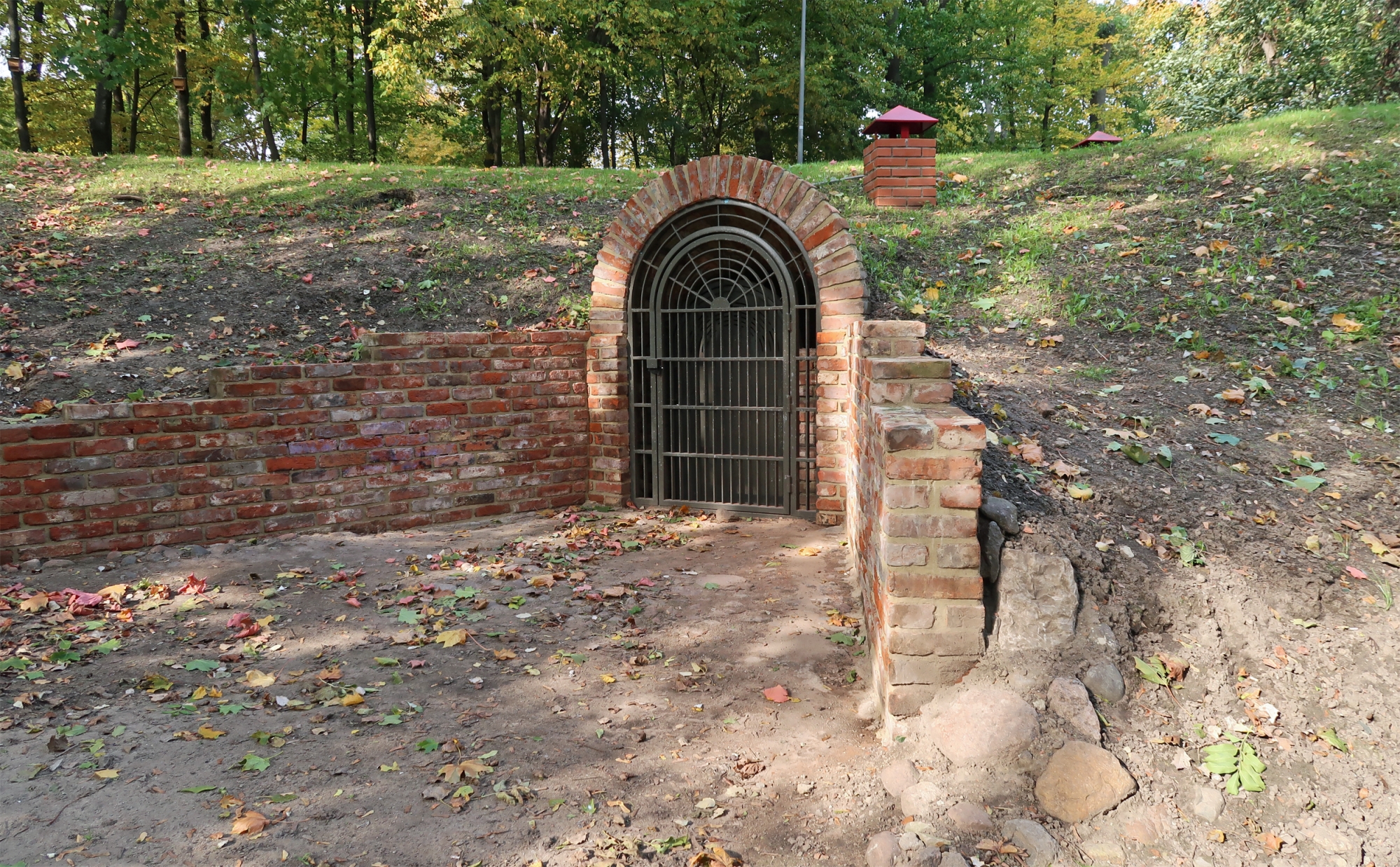
Permission for the future construction has been granted on the basis of an architectural and construction project entitled: ‘Necessary renovation, construction and protection works, waterproofing, full exterior repair works – phase 1’. The Stołeczny Zarząd Rozbudowy Miasta (Capital City Development Authority), which will also prepare the documents for the tender, will be responsible for the implementation of the investment. This is the first and most important stage of the works to secure the structure, consisting in isolating the building and cutting it off from the constant flow of water.
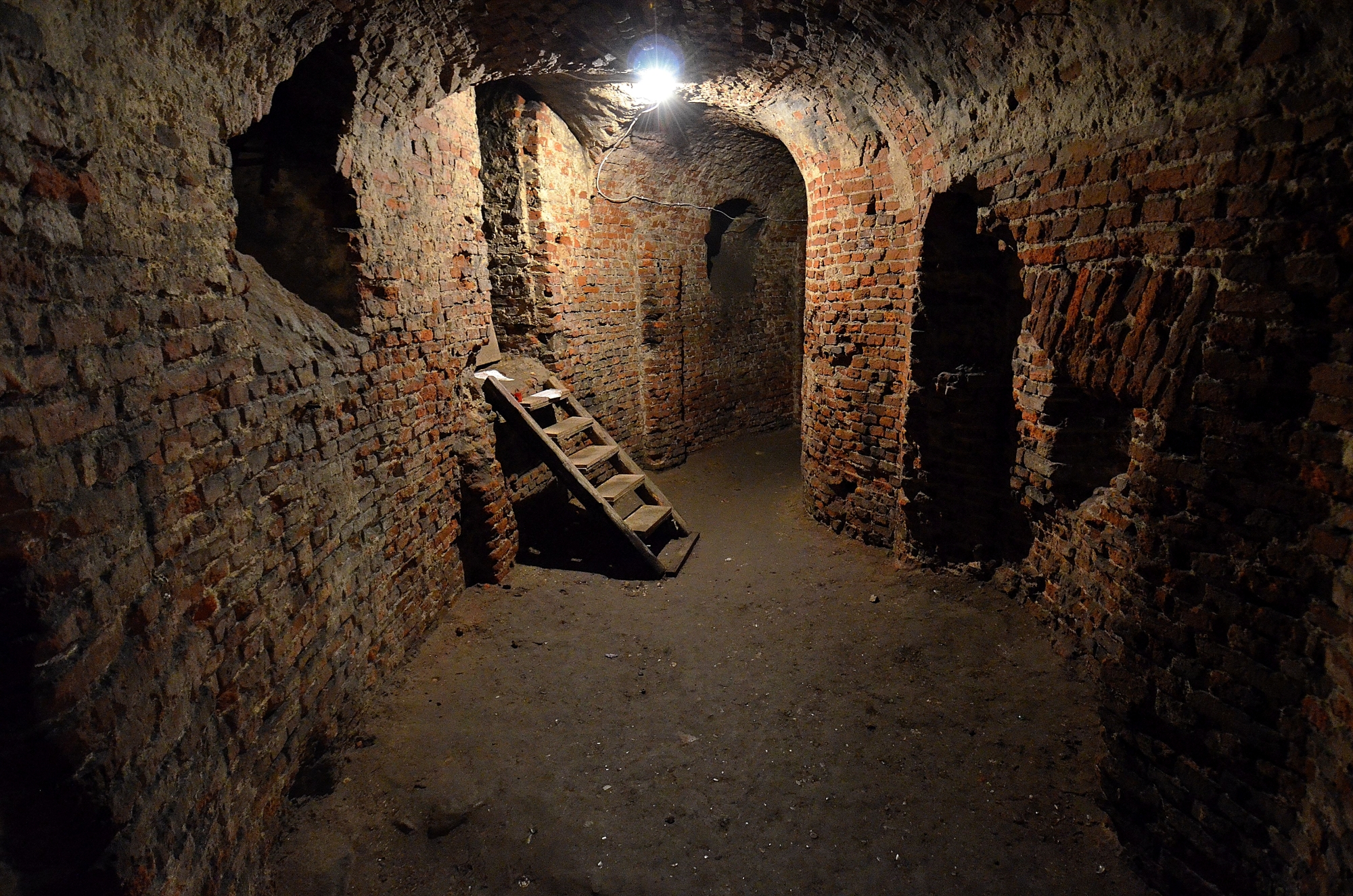
There are two phases of the procedure: the first phase is the slow drying of the monument and the protection of the building from rainwater with a membrane from above. The second phase is the insulation work. For technical reasons, excavation of the structure is possible only in sections. A temporary canopy will be constructed over the entire structure. Once the masonry has been repaired, new insulation will be laid and drainage will be provided. Importantly, the historic clay insulation will be restored.
The repair will be carried out with a grant from the ‘Government Programme for the Restoration of Historical Monuments’.
Source: WarsawCity Hall
Read also: Warsaw | Monument | History | Architecture in Poland | Renovation



